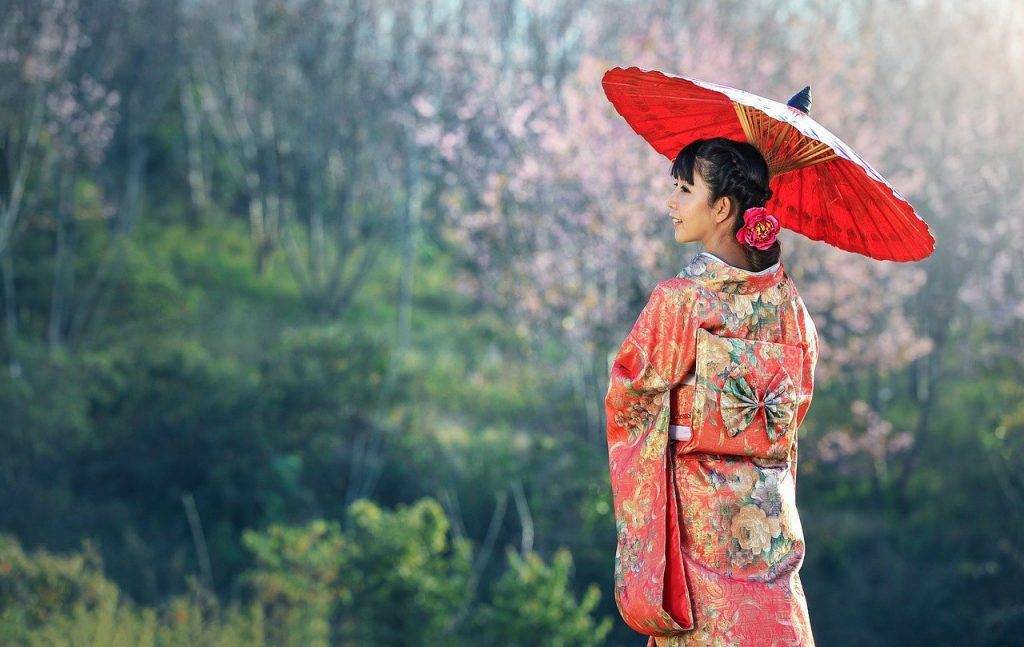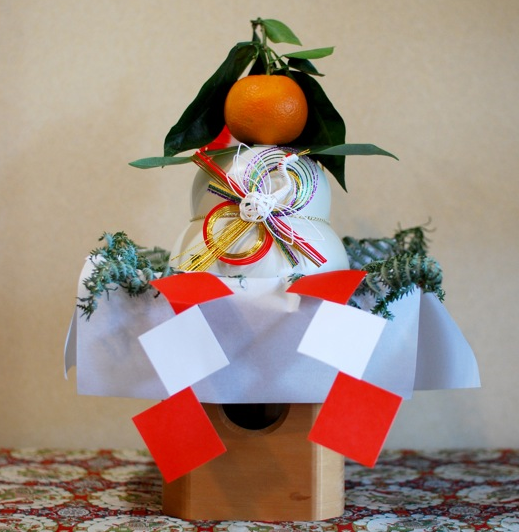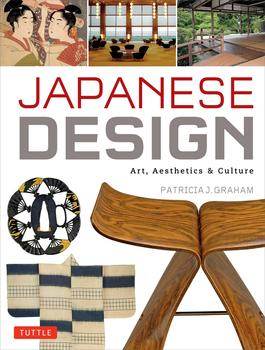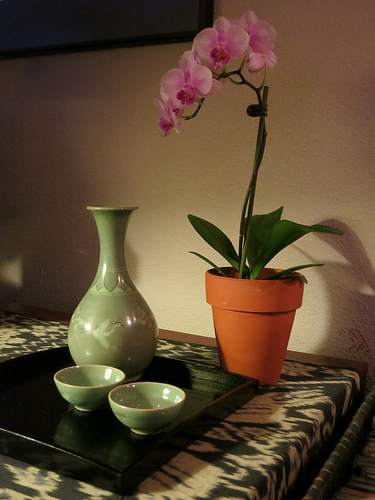Gaman, I Can Take It
“Have we all become too soft?” I wonder about that. There is a Japanese word “Gaman” which is often translated as “enduring the seemingly unbearable with patience and dignity”. The term is generally translated as “perseverance”, “patience”, or “tolerance”. If you grew up with the language, those translations sound so serious. In reality, I think …
















